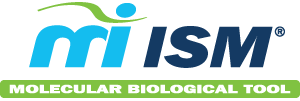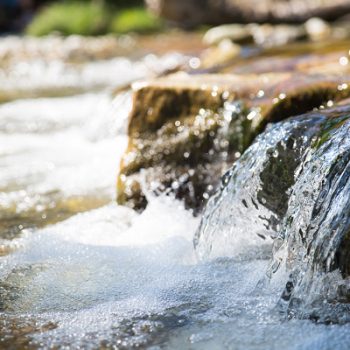Results from laboratory microcosms do not always correlate to the field and pilot studies are too expensive to be used to screen multiple remediation approaches. In Situ Microcosms (ISMs) are field deployed microcosm units containing passive samplers that provide the microbial, chemical, and geochemical data for simultaneous, cost-effective evaluation of multiple remediation options (e.g., MNA, Biostimulation, Bioaugmentation).

ISM ADVANTAGES:

VERSATILE
In situ microcosm (ISM) studies have been performed to evaluate a variety of treatment approaches and contaminants. At chlorinated solvent sites, ISMs typically have an unamended MNA unit, a BioStim unit amended with an electron donor, and a BioAug unit containing a commercial culture and electron donor. At petroleum impacted sites, ISMs have MNA units and BioStim units amended with an electron acceptor or nutrients.

MULTIPLE LINES OF EVIDENCE
Each ISM unit contains passive samplers that provide the chemical, geochemical, and microbial data to evaluate the effectiveness of each remediation option. PDBs for VOCs analysis of contaminant concentrations, passive geochem samplers for anions and dissolved gases, and Bio-Traps® for QuantArray® or CENSUS® qPCR quantification of contaminant degraders.

COST EFFECTIVE
ISMs save money by simultaneously evaluating multiple remediation options in the field for a fraction of the cost of a lab bench treatability study or a pilot scale study.

IN SITU
Unlike laboratory studies, ISMs are deployed in existing monitoring wells and experience the subsurface conditions occurring at the site. Results from lab bench studies do not always correlate to the field.

TURNKEY
All amendments and bioaugmentation cultures for an ISM study are prepped and shipped along with the ISM units for easy deployment in the field. Analytical costs for the ISM are included. At the conclusion of the study, the Site Logic report highlights key observations and summarizes all analytical results.

EASY
Customer service sends customized instructions with pictures to make ISM deployment and retrieval very straightforward. MI project managers are always available to answer any questions that you may have.
HOW TO USE IN SITU MICROCOSMS (ISMs):
In Situ Microcosms studies are performed to cost effectively evaluate multiple remediation options including monitored natural attenuation (MNA), biostimulation (electron donor, electron acceptor, or nutrient addition), and bioaugmentation.
Use ISMs to help answer…
- Is MNA feasible?
- Biostimulation?
- Will electron donor injection stimulate reductive dechlorination?
- Will electron acceptor addition (e.g., oxygen, sulfate) or nutrients promote BTEX biodegradation?
- Bioaugmentation?
- Is a bioaugmentation culture needed for effective reductive dechlorination?





